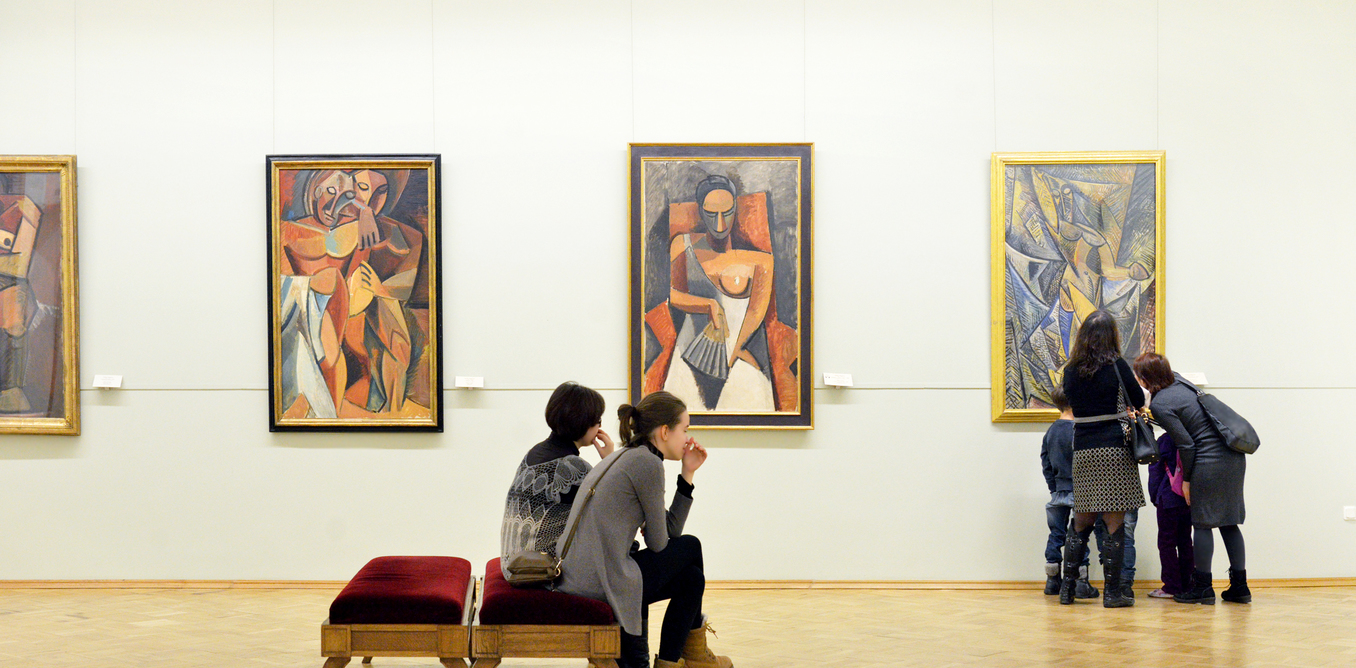When writing an art history paper for a History course, you happen to be pushed to express in words what you have seen. This is just what makes the subject so special - and also a bit difficult. You can't just provide an estimate of a painting to express your point; instead, you should try to describe in words all the visual elements of the masterpiece, so that your audience could easily imagine it.
Works about art will surely include some artistic vocabulary. You will learn about the structure, the light, more info than you probably ever planned to learn! First and foremost, you are going to learn how these elements influence the overall meaning.

Think of a strong thesis for your essay on art history. Make sure every element of the papers starts in the thesis and strengthens your discussion, and connects back again to the thesis in the conclusion part. It is needed so that your readers could remember your idea. Before solidifying your thesis statement, have a look at each part of the artwork to discover what can be used in your discussion. You may discover some small elements which can change your opinion completely.
Most likely, your work will include pictures. This may not be required, but in case you know it will make your argument much stronger, make sure to present the image! Give an explanation for painting or sculpture in the best possible way, but include the visuals which will help the reader in understanding your ideas.
Allot enough time to describe the masterpiece comprehensively. There is no need in being completely objective. The artists usually spend a lot of time for evoking the audience's emotions and feelings. Study your feelings when looking at the artwork, or you can think how the artist would like you to feel about it.
Think over in context - it is not only writing about the art, it’s about the history, plus the background is very important. Enjoy the symbolism. Are there any religious elements? Governmental meaning? Integrate everything it is possible into your work. As a rule, the structure and the coloring have a great meaning. Will be the color bright or muted? By the way, you may use the colors in your art history PowerPoint presentations. What was the author’s aim when he used the specific colors and structures? How will you incorporate author’s vision into your discussion?
Sometimes it’s quite difficult to compose work about a particular masterpiece, especially if the Humanities is not your favorite subject. The most essential section of your writing (apart from your thesis, which ought to be your focus) is the analysis you are doing, therefore always keep that mind. Besides, articles about art history can provide you with a really useful information while doing the research. Consider the sources as foundations for the discussion. You want the best ones that you can discover. They can be used as a great basis for providing your vision of the work.
In case you have any questions, remember that you can ask your teacher for help. He will surely be very happy to provide you with recommendations, and you question maybe the one the other students are shy to ask.
You can find more information at https://pro-papers.com/art-history-writing-service
- Log in to post comments
